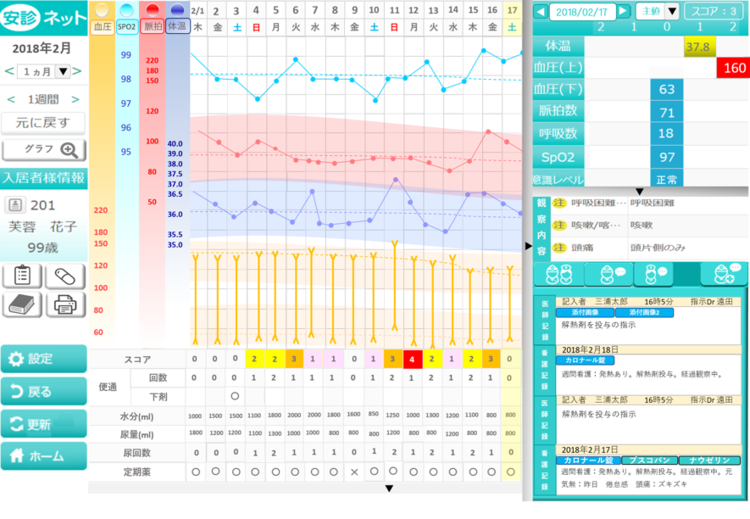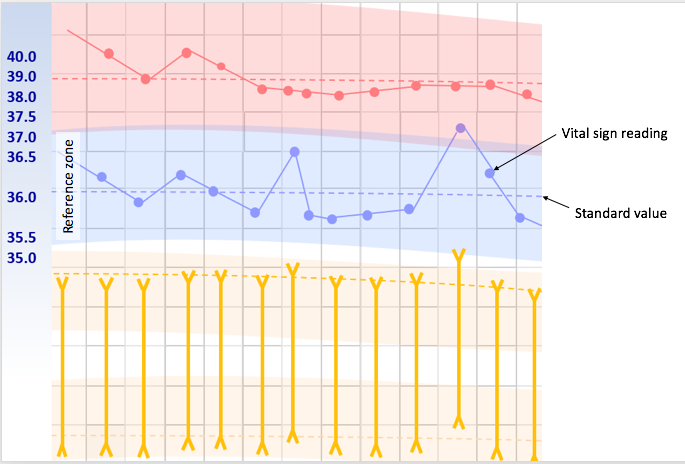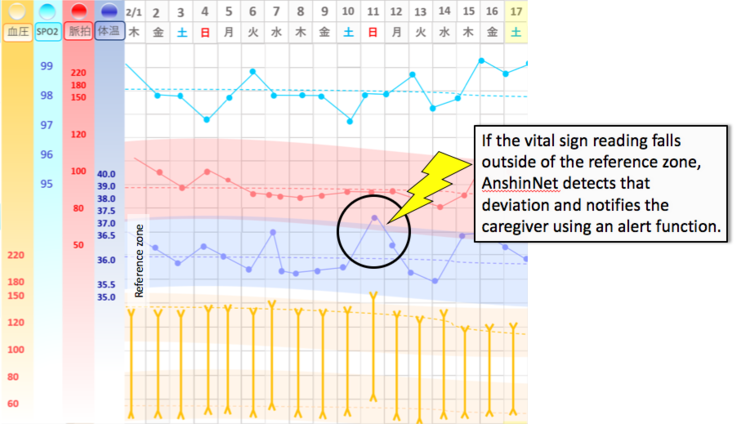In Japan, caregiving for the elderly used to be handled primarily by the family. However, the economic boom that began in the 1950s led to a population shift as younger people in particular moved to urban centers, creating more nuclear families, and at the same time, women began to enter the workplace in greater numbers. Around the mid-1960s, as the senior population of Japan began to grow, the country started to realize that there was a limit to its reliance on family-based caregiving. Facilities for the elderly, which had previously been viewed by society as “places that take in the elderly” began to be thought of as “residences for the elderly,” and they became long-term care facilities that provide nursing care to the elderly.
Japan’s population has continued to grey, and today one in four people are aged 65 or older. The proportion of seniors is expected to continue to rise in the coming years. The issue of how to handle this aging population is particularly critical in light of the fact that longevity rates are also increasing. In fact, the number of people in Japan who are 80 years old or above passed the 10 million mark in 2015. Once a person reaches the age of 80, they become more likely to face multiple age-related diseases, and thus the health conditions of seniors is becoming increasingly diverse. Those who become frail suffer from a deterioration of various physical functions, which then creates a strong risk that their health status will worsen. In addition, as cognitive functions weaken, seniors are often unable to identify or explain the changes they are experiencing. For that reason, caregivers must pay attention to even minor shifts in the health of seniors and detect problems before they lead to a more serious condition.
AnshinNet is an ICT (Information and Communications Technology) tool that allows caregivers to quickly detect health irregularities in seniors. It is a health management system that focuses on the vital statistics that caregivers monitor daily, helping them find any shifts at an early stage. A company called Fuyo Kaihatsu developed the AnshinNet technology, and it is now being used in long-term care facilities operated by the Fuyo Group.
There are two notable features of AnshinNet. The first is that it has a tailor-made alert system. Every day, care facilities take the vital signs of each senior—body temperature, blood pressure, pulse, respiratory rate, SpO2, level of consciousness—in order to monitor their health. AnshinNet compiles that data and uses artificial intelligence (AI) to compare those readings to the standard values and reference zones for each. If the vital sign reading falls outside of the reference zone, AnshinNet detects that deviation and notifies the caregiver using an alert function. In light of the increasingly diverse health statuses among the elderly, ICT allows for individualized management of the health status of seniors. Another aspect of this that should be mentioned is that, in addition to automatically detecting irregularities, there is also a mechanism where the caregivers can indicate symptoms that they observe through their routine contact with the senior. By doing so, the facility can consider discoveries made through the caregivers’ experience that might not be found solely through objective data.
The second notable feature of AnshinNet is its scoring system—a system that uses AI to score the health status of the elderly residents. By assigning a score, the caregivers can more easily assess the seriousness of the senior’s health status. Also, by using AnshinNet, the facility can share the data with the hospital, so that doctors can make the final determination of whether hospitalization is needed or not.
One example of the impact of the AnshinNet alert system is the case of a woman in her 80s who resides in a long-term care facility operated by the Fuyo Group. One day, an alert appeared for this woman, who had a history of myocardial infarction. Although she herself did not notice any apparent symptoms, her vitals such as blood pressure and oxygen saturation had dropped below the standard range. When she was examined at the adjoining hospital, they discovered that she was in the early stages of cardiac failure. Because the issue was discovered at the early stages, before it became critical, the woman only needed to be hospitalized for a few days before she could return to her normal life.
Dr. Yutaka Date, the chair of that hospital, stressed, “Medical treatment of seniors in the future must go beyond just medicine; cooperation with long-term care is essential.” By preventing medical problems from becoming serious through early detection, AnshinNet is an innovative technology that helps seniors carry on their daily life at long-term care residences without hospitalization. At the same time, we must not forget the crucial role played by the caregivers who take those vital signs every day.




